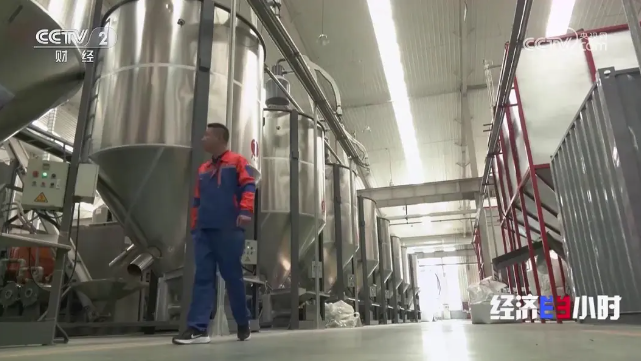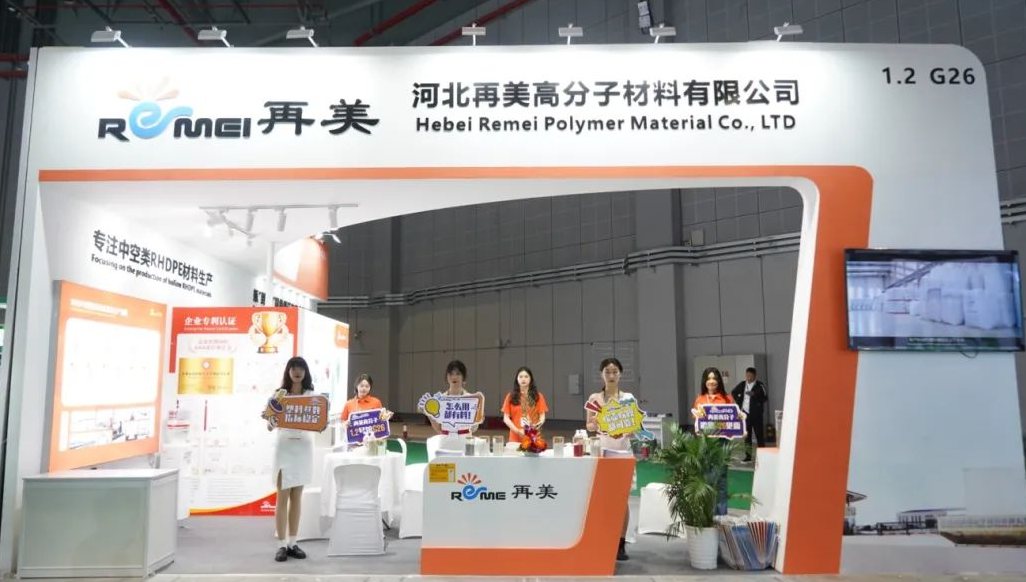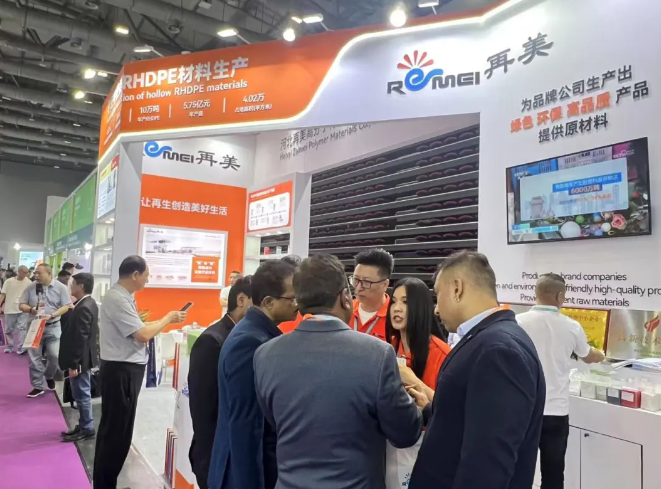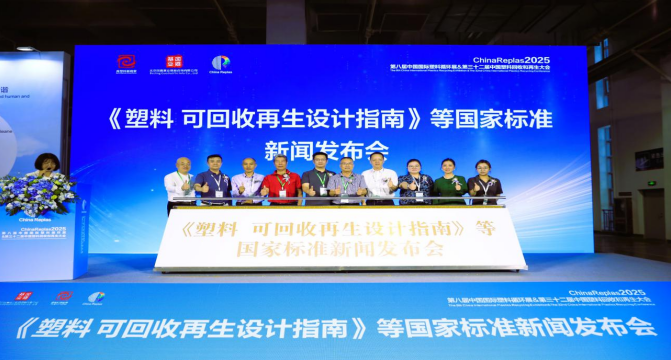CCTV-2 "Economic Half Hour" Features How Remei Creates a Better Life Through Recycling!

How much waste does our city generate each year?
Last year, a research report showed that in 2021, 11 major Chinese cities (Shanghai, Guangzhou, Shenzhen, Chengdu, Xi'an, Wuhan, Tianjin, Changsha, Dongguan, Foshan, and Hefei) produced a total of 60.6469 million tons of municipal solid waste, with per capita daily waste generation exceeding 1 kilogram (1.0073 kg/person/day).
Where does all this waste go?
- Turning Waste into Treasure
June 5 marked the 52nd World Environment Day, and CCTV's Economic Half Hour aired a special report titled "Turning Waste into Gold: Unlocking the Door to a Circular Economy."
This year, the United Nations reiterated its call to "Beat Plastic Pollution," while China's theme was "Building a Modernization in Harmony with Nature." Though the slogans differ, their shared goal is to promote coordinated development between socio-economic progress and environmental protection.
The CCTV report used urban waste generation and management as a starting point to highlight the importance of a circular economy, China's achievements in this field, and the enterprises making outstanding contributions.
Waste sorting and improved recycling rates not only help reduce environmental pollution but also serve as an effective solution to resource scarcity.
China’s 14th Five-Year Plan for Circular Economy Development (2021) set targets for 2025: full adoption of circular production methods, widespread implementation of green design and clean production, significant enhancement of resource utilization efficiency, and the establishment of a resource-recycling industrial system.
The circular economy is becoming a crucial pathway for China to transform its economic development model and achieve sustainability.
Thanks to strong policy support and rapid advancements in recycling technology, China’s waste management has become more scientific, efficient, and eco-friendly. Increasingly, people recognize that "waste is wealth in the wrong place."
Waste recycling is now a thriving industry.
- Circular Economy: The Key to Solving Plastic Pollution
Statistics show that in China’s municipal waste, food waste accounts for nearly 60%, while plastic waste ranks second at about 12.1%.
Since plastic does not degrade naturally, the growing volume of plastic waste has become a major threat to the global environment.
Of the over 100 billion tons of plastic waste produced worldwide since the 1950s, only 9% has been recycled. Without intervention, the weight of plastic in the oceans could surpass that of fish by 2050.
Proper plastic waste management has become a global priority, with the circular economy widely recognized as the key solution.
China’s 14th Five-Year Plan for Circular Economy Development lists "full-chain plastic pollution control" as one of its six major initiatives.
To curb plastic pollution, China has introduced policies such as Opinions on Further Strengthening Plastic Pollution Control and the _14th Five-Year Plan for Plastic Pollution Control Action Plan_, achieving remarkable progress in plastic waste recycling.
Industry data indicates that China generates 60 million tons of plastic waste annually, with a stable recycling rate of 33%-34%—on par with developed nations. In 2022, China’s recycled plastics industry was valued at 105 billion yuan.
- Creating a Better Life Through Recycling
Hebei Remei Polymer Materials Co., Ltd., an innovative high-tech enterprise specializing in food-grade recycled high-density polyethylene (RHDPE) plastic pellets, was featured in CCTV’s Economic Half Hour.
Founded on August 28, 2020, Remei is located in the Northern Circular Economy Demonstration Park in Dingzhou, Hebei—China’s largest plastic recycling base, processing over 1.5 million tons of waste annually (80% plastic).
Remei operates a 40,200-square-meter digital smart factory with a total investment of 120 million yuan. Equipped with 15 advanced crushing, washing, and pelletizing lines, it produces 100,000 tons of RHDPE pellets yearly, generating 575 million yuan in annual output value.
The company also runs an independent polymer research lab staffed by over 10 top-tier R&D experts.
Through sustained innovation, Remei has mastered food-grade RHDPE pellet production, increasing recycled content in blow-molded products to over 40%.
Discarded milk bottles, soy sauce containers, and vinegar bottles undergo processes like crushing, washing, material sorting, and color separation before being transformed into recycled pellets. These pellets are used to manufacture traffic barriers, marine buoys, drainage pipes, industrial films, and other products, reintegrating them into daily life.
Remei’s RHDPE pellets hold certifications including ISO triple management systems, ISO50001 energy management, and GRS Global Recycling Standard. With multiple proprietary patents, the company leads China’s RHDPE pellet production sector.
Leveraging its expertise, Remei pioneers new models for plastic recycling, integrating upstream and downstream resources to establish a closed-loop system—from collection and pelletizing to reuse—fulfilling its mission: "Creating a Better Life Through Recycling."
Remei’s Dingzhou plant processes 300 tons of plastic waste daily, serving the Beijing-Tianjin-Hebei small hollow container recycling market. By significantly improving HDPE recycling efficiency and building a circular ecosystem for 100 million people, the company makes substantial contributions to reducing plastic pollution and advancing the circular economy.










Leave a reply